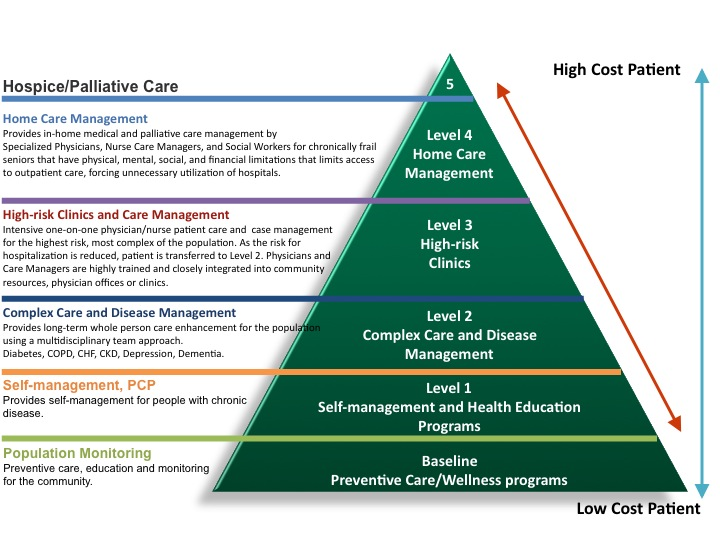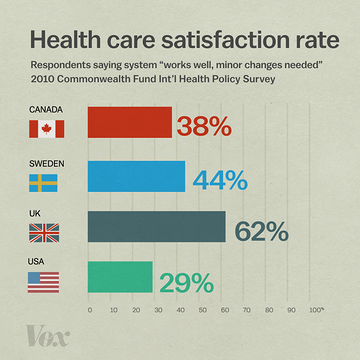SLE is likewise more common amongst Hispanic, Asian, and Native American ladies. Transmittable diseases such as Liver disease C are also more prevalent among African Americans who represent 22 percent of Liver disease C cases, despite just comprising around 13% of the U.S population. In 2007, practically 70% of gonorrhoea cases and around 50% of Chlamydia and syphilis cases Continue reading occurred in African Americans.
The requirement for organ transplant is for that reason greater among this population, a need that is not presently satisfied by the amount of organs offered. Compared to other ethnic groups, the rate of organ rejection is also higher amongst African Americans, while the survival rate after hair transplant is lower. Developing countries are particularly susceptible to health disparities and in order to fulfill the Centuries Development Goals and deal with these health disparities, access to health care should be improved in these nations.
August 10, 2020 - Health disparities and health equity are 2 phrases that have often been used interchangeably to refer to the truth that some populations have the ability to attain health and health more quickly than others. As the push for value-based care has ended up being more common, clinicians and health market leaders have actually acknowledged that to promote health and achieve optimum outcomes, they need to attend to the upstream factors that affect health: the social factors of health.
By and large, having some populations that experience more social determinants of health than others leads to health variations and health equity concerns. But those 2 terms can not be used interchangeably, as they so often have actually been during current discussions about social determinants of health. Health disparities and health equity are 2 unique terms that describe 2 unique phenomena.
Health disparities are the patterns one observes associated to health amongst different patient populations that is, a result being more or less for a particular group. "Health and health care disparities refer to differences in health and health care between groups," states the Kaiser Household Foundation. "A 'health disparity' describes a greater burden of illness, injury, special needs, or death experienced by one group relative to another.
The smart Trick of What Is Risk Management In Health Care That Nobody is Talking About

Black and Hispanic clients were most likely to contract the illness and experience greater rates of hospitalization than their white peers. That illness problem was higher for Black and Hispanic patients than it was for white clients, leading to a health disparity. Health equity, or its foil health injustice, are typically seen as the causes of a health variation.
" Health equity implies that everyone has a reasonable and simply opportunity to be as healthy as possible," the Robert Wood Johnson Foundation states. "This requires removing obstacles to health such as poverty, discrimination, and their effects, including powerlessness and lack of access to excellent tasks with fair pay, quality education and real estate, safe environments, and health care." When there is not health equity (significance, when there is health inequity), health variations emerge.
Some examples of health inequity may include, however are not restricted to: Redlining, which can still be seen in minimal financial, academic, or health resources Limited profession opportunities Income disparities Community safety Access to healthy food Those factors each have a downstream effect on client health - how much is health care per month. If a client lives in a low-income community, she may not receive the education that would lead to a well-paying job with employer-sponsored health insurance coverage.
However that could also lead to health variations connected to results: since that patient does not have insurance, she might have the ability to manage preventive care that would have detected pre-diabetes. That client could then develop diabetes, resulting in another health disparity. Health disparity and health equity or inequity are typically used interchangeably due to the fact that it is challenging to speak of one without the other.
That shows both health inequity and health variations at play. The example about COVID-19, too, demonstrates health injustice and health variations. Black and Hispanic patients brought the burden of the illness more than their white peers, however that wasn't due to the fact that their bodies were less able to fight the infection. Rather, a number of inequities made it most likely they would contract the infection and end up being sicker with it.
What Is A Health Care Tax Credit - An Overview
Black and Hispanic patients became most likely to contract the virus. And when they contracted the infection, they were most likely to become seriously ill. Decades of institutional bigotry have deteriorated trust between minority clients and their typically white companies. On the other hand, low income, absence of insurance coverage, failure to make time, and absence of proximity to a health center have restricted minority client access to care.
The differences between health disparities and health equity are clearly nuanced, making it simple to use the phrases interchangeably. Nevertheless, acknowledging those subtle distinctions will be very important as the health care industry turns its focus toward population health and the social determinants of health.
Current studies have actually shown that despite the enhancements in the general health of the country, racial and ethnic minorities experience a lower quality of health carethey are less likely to receive routine medical care and face greater rates of morbidity and death than nonminorities. The American Medical Association (AMA) encourages doctors to examine their own practices to make sure equality in treatment.
Health Disparities Toolkit. This kit focuses on the theme of "Working Together to End Racial and Ethnic Variations: One Doctor at a Time." Access DVD interviews with physicians, nurses and patients, and a CD of information on topics such as cultural competence and literacy. Utilize the facilitation guide to work with other health care providers and doctors.

Gain access to the white paper on "Collecting and Utilizing Race, Ethnic Culture and Language Data in Ambulatory Settings (PDF)" to find suggestions from the Commission to End Health Care Disparities on how to utilize demographic information to achieve useful objectives. The Institute of Medicine http://chancelrqn976.bearsfanteamshop.com/examine-this-report-about-what-is-essential-health-care (IOM) performed an evaluation on the distinctions in the kinds and quality of health care gotten by U.S.
Some Known Facts About What Might Happen If The Federal Government Makes Cuts To Health Care Spending?.
The IOM report found that: Disparities in health care exist and are related to even worse health outcomes. Health care variations take place in the context of wider inequality. There are many sources across health systems, companies, clients and managers that add to variations. Predisposition, stereotyping, prejudice and scientific unpredictability add to variations.
Check out a summary the IOM findings (PDF) and recommendations, or gain access to the complete IOM report. The IOM concluded that a detailed, multilevel strategy is required to remove these variations. Gain access to the National Health Care Quality & Disparities Report for extra details. This annual report is produced by the Firm for Health Care Research and Quality.
population through its policies and advocacy work. The AMA's House of Delegates prioritizes the elimination of racial and ethnic health variations as a leading value. aware questionnaire The AMA is partnering with the AMA Structure to help physicians realise and manage low health literacy among clients through its public health grants.
These policies aim to: Boost awareness of racial and ethnic variations in healthcare amongst the public. Reinforce patient-provider relationships in publicly funded health insurance. Use the very same managed care defenses to publicly funded HMO participants that use to personal HMO participants. Check out more in AMA's PolicyFinder. In 2000, the U.S.
